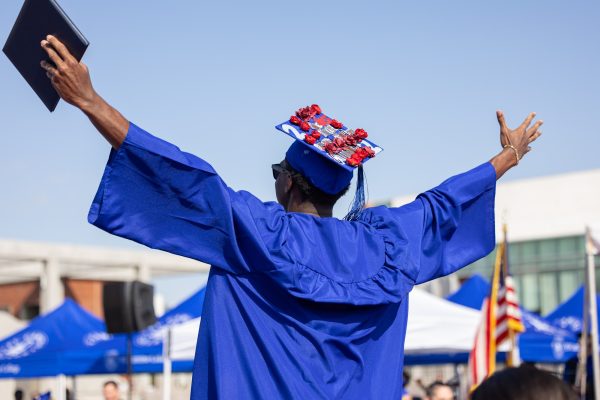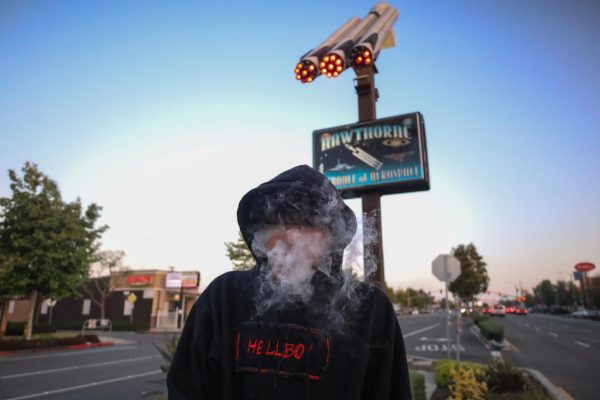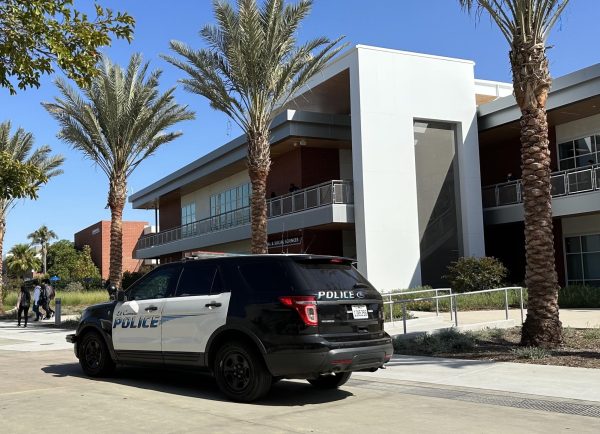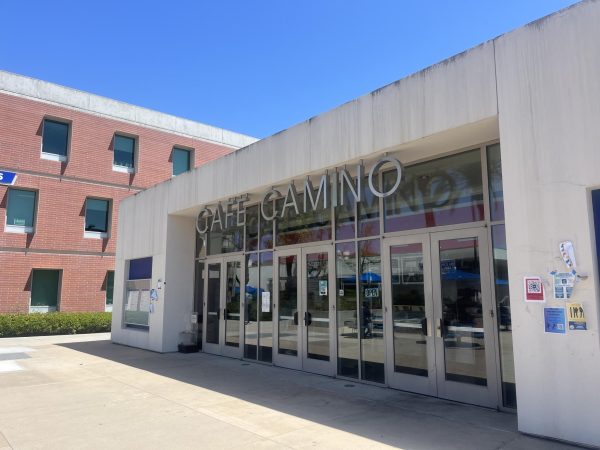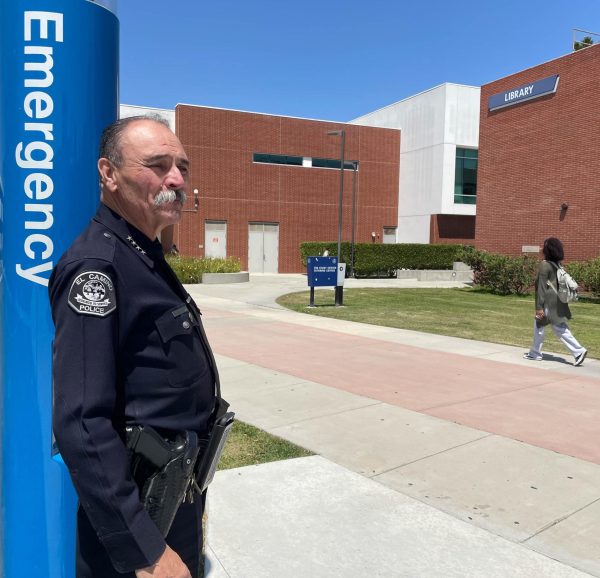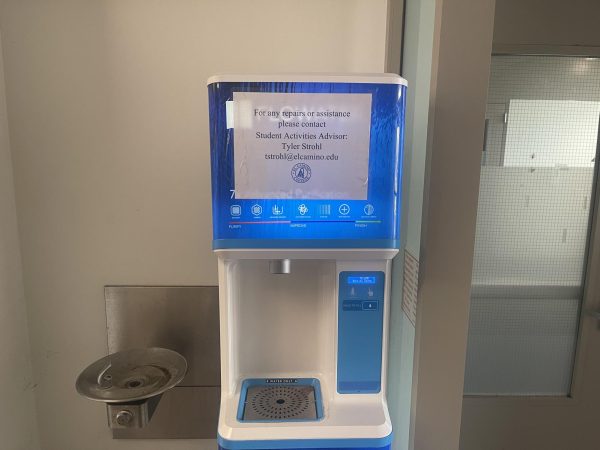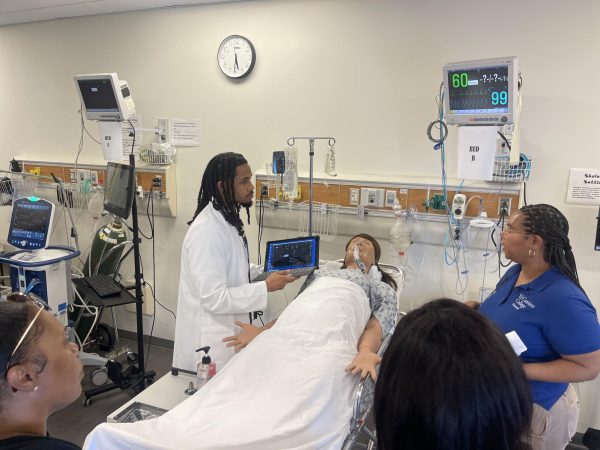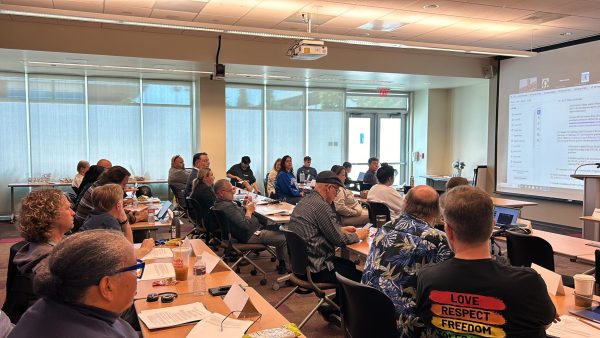Students to send space balloon skyward in the name of research
On June 17, 39 students will boldly go where no students have gone before. Maybe not, but all eyes will look to the sky as the team will send two helium balloons to space to collect pictures at the edge of the atmosphere.
The group consists of 39 students who have applied to be part of the ECC Research Team, also known as Project Space Balloon 999. The ultimate goal of the research team is to put a weather balloon up into space, and successfully capture pictures and video footage at the edge of the stratosphere, and to also deploy a model of a train that can successfully glide out from its enclosed box.
The balloon will make its way 30 kilometers into the atmosphere along a predicted path, where the air will reach temperatures of up to -48 degrees Fahrenheit. Once it pops, a parachute will deploy, bringing the payload back down to earth along a predicted route.
“Usually you have to wait until you have transferred to a university to have this kind of opportunity,” Daniela Moreno- Lopez, 21, computer engineer major, designer of the “payload box” on the balloon, said. “ Knowing that this event is available at a community college and correlates with your major is exciting.”
The event is sponsored by the STEM grant and is organized by the Space Online School, located in Japan, and is a part of educational programs of the non-profit group Live Forum Foundation USA.
The personnel for the project who will be advising the students include Masahiro Kimura, Project Coordinator and Executive producer of Space online school and C.E.O. of Live Forum Foundation USA, Dr. Yoshiaki Kuwata, Chief Instructor of the project and a Research Scientist from NASA Jet Propulsion Laboratory Michio Inoue, an instructor for the project and PhD Candidate from Cal Tech, and Dr. Iwanaga from Caltech, who will provide technical guidance for the project.
“The idea of Space Balloon 999 came from when I met with Leiji Matsumoto, a very popular creator of anime in Japan, whose series known as Galaxy Express 999 was very popular in the 80s. All the inspiration came from this and an urge to go into space,” Kimura said.
All 39 students who applied to the Research Academy were accepted, and since there were more students who applied than anticipated, the students have been split up into two teams and each team will be sending up a different weather balloon. Each team will have freedom in how they choose to design their projects.
“I’m excited to work on this and I’m looking forward to working as a team with the other participants” Shamia Salih, chemical engineering major who will be participating in the launching team, said. “I want to see how the end result will work out and I really want to learn from this experience.”
“This event will benefit the students by giving them the opportunity to put some of the theory they learn in class to practice,” Jean Shankweiler, dean of natural sciences, said, “It will give them an opportunity to participate in a research project that uses teams to develop various aspects of a project, just as an engineer would be a part of a team in any company.”
If everything goes well, the tentative launch date will be Friday, June 17 or Saturday June 18. The event will be open to the public though it is unknown yet whether both balloons will be sent up on the same day.
“The project has a chance of being unsuccessful, so the students still have to stay serious while having fun,” Kuwata said, “and even if it fails, there is a lot learning experience that they can get out of this project.”


